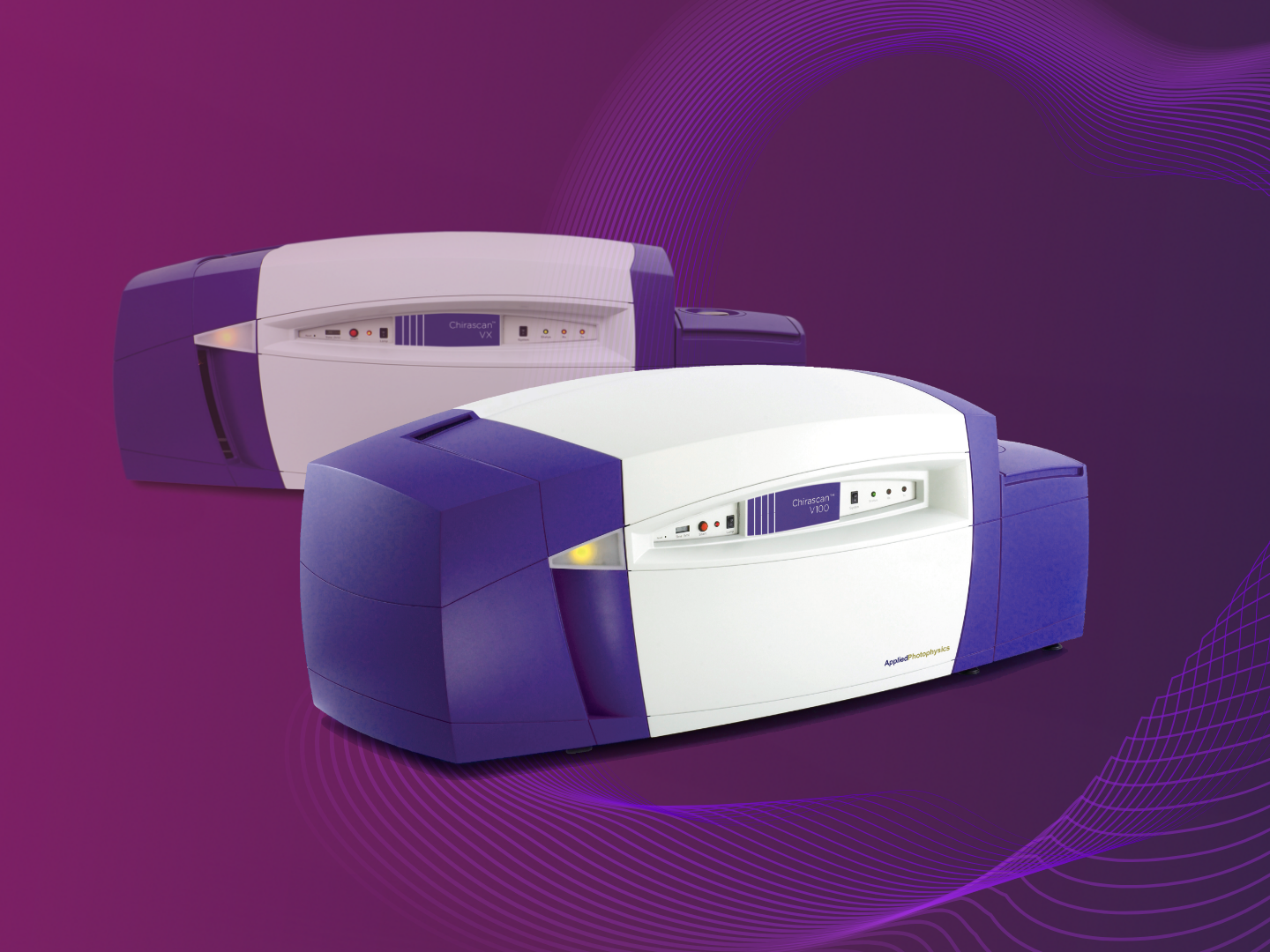Upgrade from Chirascan V100 to Chirascan Q100

Save days of operator time:
Upgrading to a Chirascan Q100 system will transform the productivity of a high-performance Chirascan V100 system (and earlier systems such as Chirascan-plus)
Assuming a seven-hour working day and a set-up time of 30 minutes, the Chirascan Q100 system can analyze 48 buffer-sample pairs over 24 hours. In comparison, an experienced operator can process up to 14 samples per day using a manual system.
A fully-trained service engineer performs system upgrades. Integration of new equipment and software followed by a comprehensive service of existing hardware ensures that the performance of the new system reaches the required standards. Installation is followed by a basic training program to familiarize users with their new system.
A team of experienced application specialists provide continuing support to assist with application-related enquiries as well as the provision of basic and advanced training upon request.
Upgrade from Chirascan VX to Chirascan V100

Key elements of this comprehensive upgrade include:
- Replacement of the photomultiplier with an avalanche photodiode detector to enhance sensitivity, increase signal:noise and enable accurate normalization from simultaneous measurement of absorbance and CD
- Update of monochromator optics and beam optimization for flatter, more stable CD baselines
- Update to optics-based, multiwave length calibration to ensure accurate CD values across the entire wavelength range and overcome challenges of chemical calibration
Increased sensitivity when sample or measurement time is limited
- Avalanche photodiode detector enhances sensitivity
- Higher signal:noise ratio than conventional photomultiplier tube detectors
- Accurate normalization from simultaneous measurement of absorbance and CD

Conventional chemical calibration methods require considerable skill in preparation. Standards, such as camphor-10-sulfonic acid (CSA), are unstable, photolabile and hygroscopic. In addition, single-wavelength calibration (290.5 nm) assumes the same linear response at all wavelengths.

The optics-based, multiwavelength calibration method used for the Chirascan V100 overcomes these challenges. The correct calibration is applied to every wavelength to yield accurate CD values.
Since their introduction in 2005, Chirascan™ systems have continued to feature in thousands of peer-reviewed publications covering a wide range of research areas. The Chirascan V100 offers the increased sensitivity and accuracy preferred for CD analysis of biomolecules.
Further included in an upgrade from a Chirascan VX to a Chirascan V100:
- Update of Chirascan control software and addition of an active nitrogen management system (if not already present) to regulate purge gas consumption and enable scheduled start-up/shutdown of lamp and nitrogen supply
- Inclusion of global thermodynamic analysis software to derive melting points and enthalpies from multiwavelength, thermal denaturation experiments
The standard upgrade package is compatible with all Chirascan instruments and accessories installed after 2005. Some older models (running Windows XP) may require an additional USB electronics upgrade for compatibility with Windows 7,8 or 10. System configurations may vary according to age.
Chirascan V100

